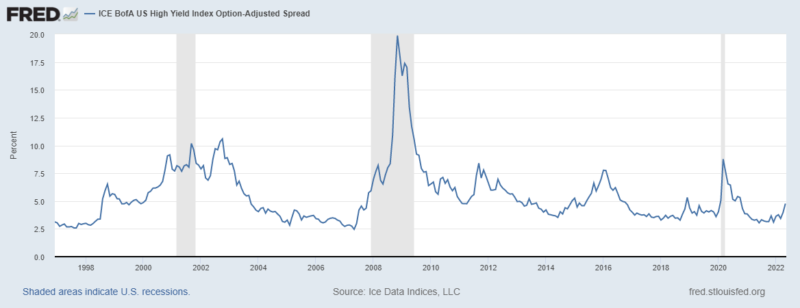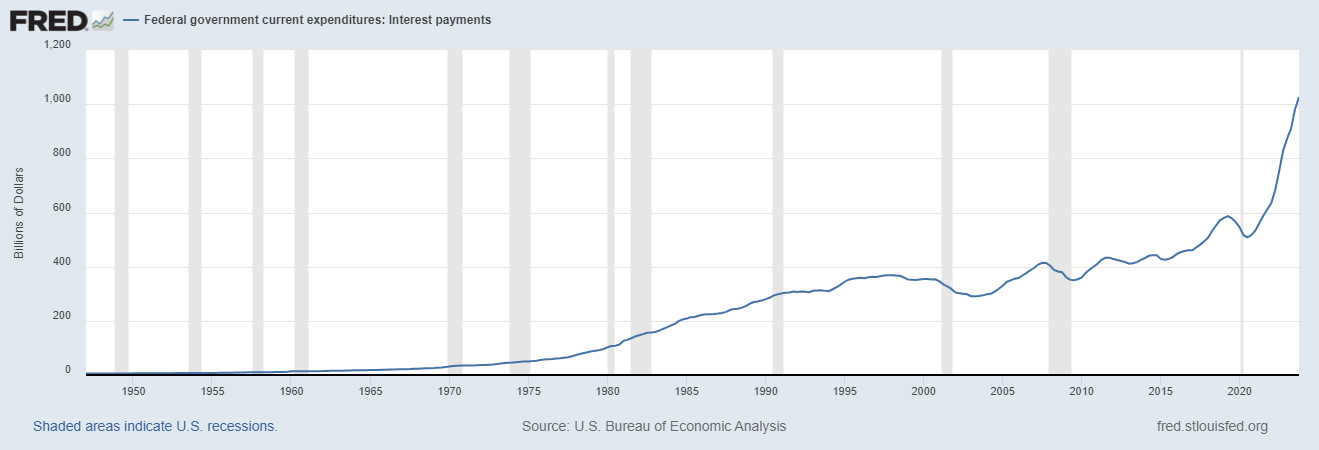Category Archive: 5.) Alhambra Investments
Shipping Around Retail ‘Inflation’
This whole “inflation” scenario isn’t really that difficult to piece together, effect from cause. Sure, Jay Powell’s trying to nuke it by hiking the federal funds rate, but no one really uses fed funds and the problem isn’t the unsecured cost of borrowing bank reserves (not money) that are literally overflowing.
Read More »
Read More »
Looking Back At Chaotic March Through TIC
March ended up being a pretty wild ride. Lost amidst the furor over Russia’s invasion of Ukraine, the month began with a couple clear “collateral days. T-bill rates along with repo fails echoed that same shortfall before the yield curve then joined the eurodollar futures curve being inverted.
Read More »
Read More »
T-bills Targeted Target
Yesterday’s market “volatility” spilled (way) over into this morning’s trading. It ended up being a very striking example, perhaps the clearest and most alarming yet, of a scramble for collateral. The 4-week T-bill, well, the chart speaks for itself:During past scrambles, such as those last year, they didn’t look like this. They would hit, stick around for an hour, maybe a bit longer, and then clear up as collateral books get balanced in repo like...
Read More »
Read More »
Synchronized Not Coronavirus
There is an understandable tendency to just write off this weekend’s disastrous Chinese data as nothing more than pandemic politics. After all, it has been Emperor Xi’s harsh lockdowns spreading like wildfire across China rather than any disease (why it has been this way, that’s another Mao-tter).
Read More »
Read More »
Crude Contradictions Therefore Uncertainty And Big Volatility
This one took some real, well, talent. It was late morning on April 11, the crude oil market was in some distress. The price was falling faster, already down sharply over just the preceding two weeks. Going from $115 per barrel to suddenly less than $95, there was some real fear there.But what really caught my attention was the flattening WTI futures curve.
Read More »
Read More »
Weekly Market Pulse: TANSTAAFL
TANSTAAFL is an acronym for “There ain’t no such thing as a free lunch”. It has been around a long time – Rudyard Kipling used it in an essay in 1891 – but it was popularized by Robert Heinlein’s 1966 book, “The Moon is a Harsh Mistress”.
Read More »
Read More »
Peak Inflation (not what you think)
For once, I find myself in agreement with a mainstream article published over at Bloomberg. Notable Fed supporters without fail, this one maybe represents a change in tone. Perhaps the cheerleaders are feeling the heat and are seeking Jay Powell’s exit for him?
Read More »
Read More »
The Financial Quarterback Josh Jalinski guest Jeffrey Snider
Jeffrey Snider, Head of Global Research at Alhambra Investments. He is not an economist, which is probably why he's been able to develop a working model of the global monetary system.
Read More »
Read More »
Synchronizing Chinese Prices (and consequences)
It isn’t just the vast difference between Chinese consumer prices and those in the US or Europe, China’s CPI has been categorically distinct from China’s PPI, too. That distance hints at the real problem which the whole is just now beginning to confront, having been lulled into an inflationary illusion made up from all these things.
Read More »
Read More »
Neither Confusing Nor Surprising: Q1’s Worst Productivity Ever, April Decline In Employed
Maybe last Friday’s pretty awful payroll report shouldn’t have been surprising; though, to be fair, just calling it awful will be surprising to most people. Confusion surrounds the figures for good reason, though there truly is no reason for the misunderstanding itself. Apart from Economists and “central bankers” who’d rather everyone look elsewhere for the real problem.
Read More »
Read More »
Jeff Snider on how Russia is using the eurodollar system despite sanctions
Paul Buitink talks to Jeff Snider of Alhambra Investments. Jeff explains how Russia, despite the sanctions, is still using the eurodollar system to transact internationally, for example by using off-shore banks across the world and middle-men in China and India.
Read More »
Read More »
Eurobonds Behind Euro$ #5’s Collateral Case
The bond market is allegedly populated by the “smart” set, whereas those trading equities derided as the “dumb” money (not without some truth). I often wonder if it’s either/or. The fixed income system just went through this scarcely three years ago, yet all signs and evidence point to another repeat.
Read More »
Read More »
Industrial Synchronized Demand
Are the industrial commodities starting to get a whiff of demand side rejection? Short run trends suggest that this could be the case. From copper to iron and the highest (formerly) of the high flyers, aluminum, this particular group has been exhibiting a rather synchronized setback going back to the end of March, start of April.
Read More »
Read More »
Who’s Playing Puppetmaster, And Who Is Master of Puppets
Cue up the old VHS tapes of Bill Clinton. The former President was renowned for displaying, anyway, great empathy. He famously said in October 1992, weeks before the election that would bring him to the White House, “I feel your pain.”What pain? As Clinton’s chief political advisor later clarified, “it’s the economy stupid.”
Read More »
Read More »
China Then Europe Then…
This is the difference, though in the end it only amounts to a matter of timing. When pressed (very modestly) on the slow pace of the ECB’s “inflation” “fighting” (theater) campaign, its President, Christine Lagarde, once again demonstrated her willingness to be patient if not cautious.
Read More »
Read More »
Collateral Shortage…From *A* Fed Perspective
It’s never just one thing or another. Take, for example, collateral scarcity. By itself, it’s already a problem but it may not be enough to bring the whole system to reverse. A good illustration would be 2017. Throughout that whole year, T-bill rates (4-week, in particular) kept indicating this very shortfall, especially the repeated instances when equivalent bill yields would go below the RRP “floor” and often stay there for prolonged periods....
Read More »
Read More »
Some ‘Core’ ‘Inflation’ Difference(s)
The FOMC meets next week, with everyone everywhere expecting a 50 bps rate hike to be announced on Wednesday. Yesterday’s “unexpected” and “shocking” negative GDP is unlikely to deter anyone on the committee.
Read More »
Read More »
Synchronized Manufacturing, Hopefully Not Mao
This is one of those cases when Inigo Montoya, the lovable if fictional rapscallion from the movie The Princess Bride, would pop into the scene to devastatingly deliver his now famous rebuke. Last week, China’s one-man Dear Leader said that the country was going to start up its own version of Build Back Better.
Read More »
Read More »
What Really ‘Raises’ The Rising ‘Dollar’
It’s one of those things which everyone just accepts because everyone says it must be true. If the US$ is rising, what else other than the Federal Reserve. In particular, the Fed has to be raising rates in relation to other central banks; interest rate differentials.
Read More »
Read More »
Weekly Market Pulse: Welcome Back To The Old Normal
Stagflation. It’s a word that strikes fear in the hearts of investors, one that evokes memories – for some of us – of bell bottoms, disco, and Jimmy Carter’s American malaise. The combination of weak growth and high inflation is the worst of all worlds, one that required a transformational leader and a cigar-chomping central banker to defeat the last time it came around.
Read More »
Read More »




























































